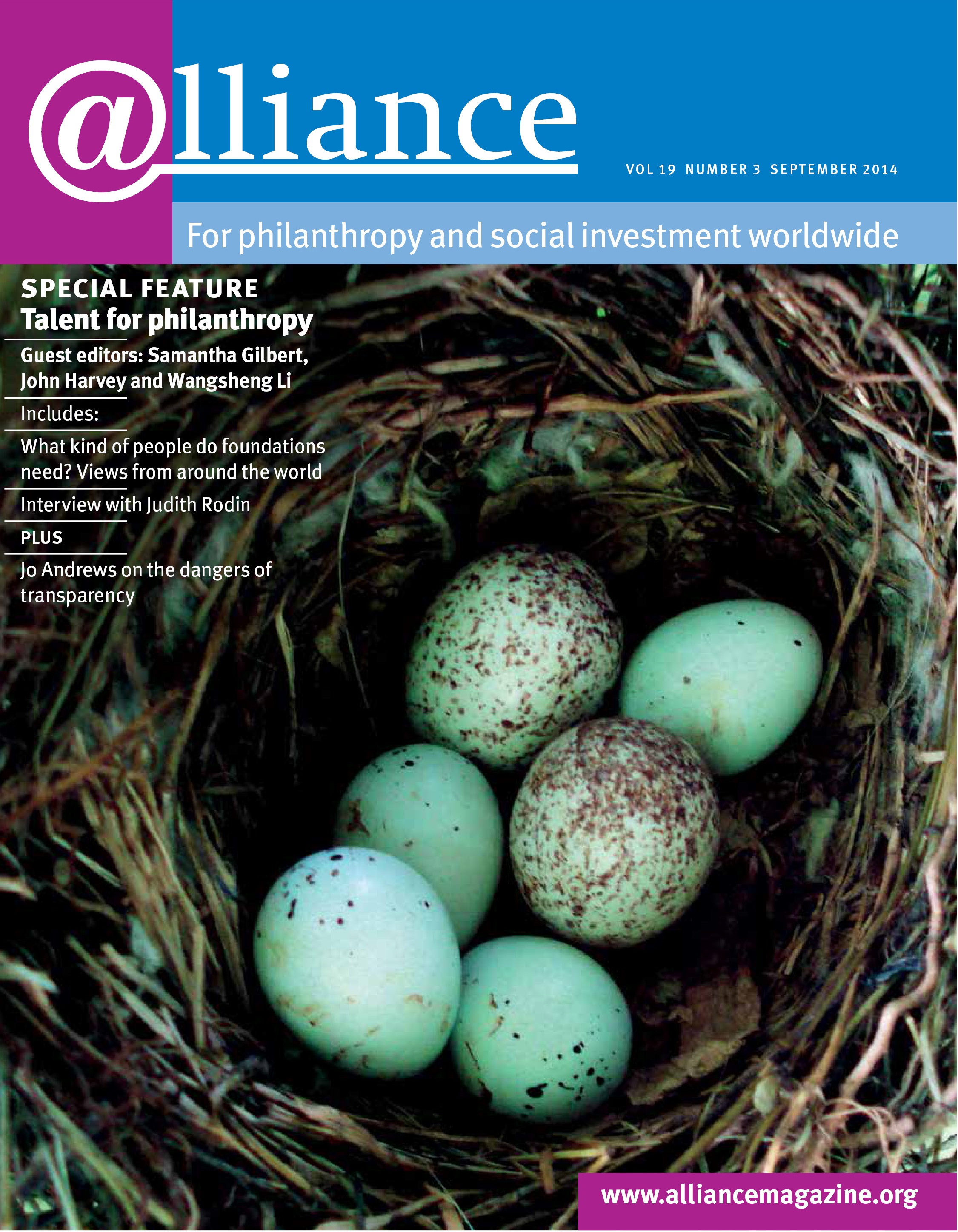As the Cleveland Foundation, the world’s first community foundation, celebrates its 100th anniversary this year, it’s worth asking what may be in store for the second century of community philanthropy.
American community foundations now collectively hold nearly $65 billion in assets (as much as the Gates, Ford, Kellogg and Rockefeller Foundations combined) and serve as important gateways to philanthropy for thousands of local donors. Outside the US, community foundations continue to proliferate, with more than 1,680 now established worldwide.
But these community foundations operate in an environment that is dramatically different from the one in which many of their current practices and structures were developed. Demographic shifts, new connective technologies, economic uncertainty, growing environmental concerns, deep divisions across economic, political and racial lines – all these are radically reshaping local landscapes.
Philanthropy itself is changing too. Community foundations are increasingly just one part of a crowded field that includes United Ways, private funders, charitable gift funds, volunteer organizations, online giving platforms, community development finance institutions, identity-based funds and giving circles. And donors have other new options for effecting social change as well. They can increasingly influence political and electoral outcomes through political action committees and make ‘impact investments’ in enterprises that produce both social and financial returns.
In the midst of all of this the question is: are community foundations changing enough?
For some – especially small community foundations – adaptation will be a matter of survival. They will need to innovate and tailor their services to demonstrate value to the community and raise the resources needed to sustain their operations. But even bigger and more stable institutions will likely need to adapt. If they can’t effectively meet the shifting needs of local donors, non-profits and residents, they risk losing their relevance and standing in their communities.
Little by little, other organizations are chipping away at what was once primarily the domain of community foundations. Online giving platforms like GlobalGiving and Razoo are already effectively ‘disintermediating’ giving, linking social programmes around the world directly to new donors. Identity-based funds are tailoring their appeals and services to meet the specific needs of rapidly growing racial and ethnic populations. And organizations from United Ways to community organizing groups are building local knowledge and helping residents advocate for themselves and coordinate services.
So it becomes important to ask, are the systems and practices that are helping community foundations grow and thrive right now the best ones for meeting the needs of their users in the future?
To help community foundations answer this question for themselves, the Monitor Institute (a part of Deloitte Consulting LLP) released the What’s Next for Community Philanthropy toolkit this June. The do-it-yourself toolkit includes a series of interactive exercises, provocative essays and even games designed to help community philanthropy organizations challenge old assumptions, understand the full range of possibilities, and come up with creative new approaches.
The toolkit emerged from an 18-month process that engaged more than 200 different community philanthropy organizations across six continents and more than 2,000 local leaders in the US and Canada. Developed with support from the Council on Foundations, the C S Mott Foundation, the W K Kellogg Foundation, Community Foundations of Canada and 15 leading US community foundations, the What’s Next tools aim to help community foundations everywhere build their capacity to innovate and adapt.
As Grant Oliphant, former president and CEO of the Pittsburgh Foundation (now president of the Heinz Endowments), explained, ‘In a period of serious disruption, the only sane response is constant innovation and repeated questioning of the assumptions that guide our decision making. The What’s Next toolkit will help community foundations rise to that challenge – not by offering up pat answers and rote solutions, but by arming us with the right questions to invent our own unique paths forward.’
Gabriel Kasper is a senior manager at the Monitor Institute. Email gabrielkasper@deloitte.com
For more information
To find out more and for free access to the entire What’s Next toolkit, visitwww.monitorinstitute.com/communityphilanthropy






Comments (0)